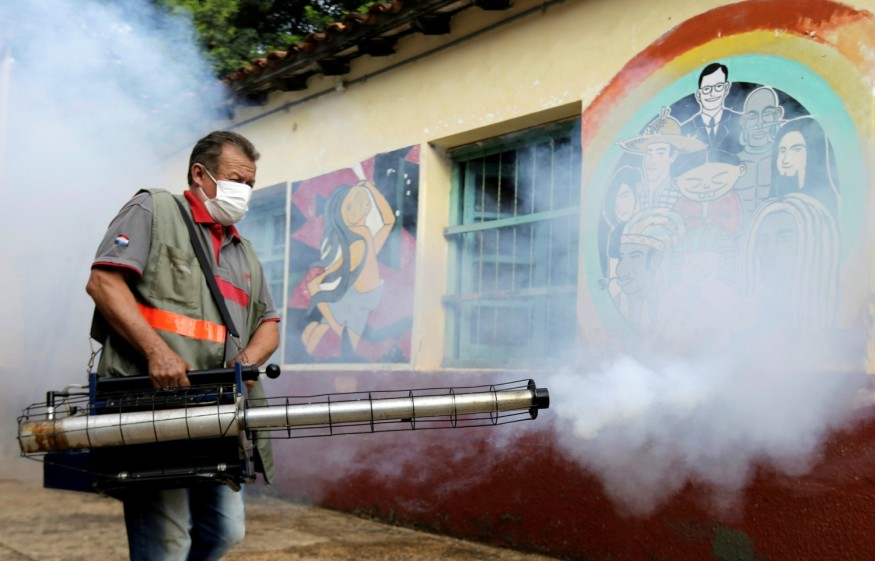Latin America Faces Dengue Epidemic

Latin America continues to face dengue as a major public health problem. The World Health Organization along with Pan American Health Organization works hand in hand with the local government trying to fight the epidemic but the struggle continues.
Dengue is a mosquito-borne viral infection that causes a severe flu-like illness. It can be lethal due to the complications it brings.
First-Quarter of 2020
In the first few months of 2020, WHO has reported 663,587 confirmed dengue cases where 1,820 of it were considered severe ones. There are a total of 156 deaths, 104 in the Southern Cone and 37 in the Andean-sub region.
Following is a list of most affected countries:
Country | Total # of cases | Total # of deaths |
Argentina | 648 | 0 |
Bolivia | 45,787 | 12 |
Brazil | 37, 243 | 58 |
Columbia | 31, 010 | 10 |
Ecuador | 2,330 | 0 |
Paraguay | 184, 434 | 46 |
Peru | 8,221 | 11 |
Dengue Transmission
Dengue fever is carried by Aedes aegypti and Aedes albopictus mosquitoes. The Aedes aegypti, primary carrier, bite humans in the day with its feeding period peak being 2 hours before and after sunrise and sunset.
It is caused by the virus Flaviviridae family. There are currently 4 serotypes of the dengue-causing virus - DENV-1, DENV-2, DENV-3, and DENV-4.
Once the mosquito bites a person infected by the virus, it incubates it for 8 to 12 days and afterward, may be able to transmit the virus to its next victim. The symptoms of dengue may be observed within 5 to 7 days of infection.
However, there are instances where the virus does not need incubation. This is called mechanical transmission. As soon as the mosquito stops feeding on the infected person's blood, it can immediately transfer the virus to its next susceptible host.
Dengue-causing virus can also be transmitted through a maternal transmission. When the mother is infected by DENV, the infant may suffer preterm birth, low birth weight, and fetal distress.
Dengue hemorrhagic fever is a severe form of the disease. As the name suggests, this form of dengue causes death by internal bleeding. It is known to be one of the leading reasons for children and adult hospitalization and death in Latin America and Asia.
Once an individual recovers from dengue, they are able to build lifelong immunity. However, cross-immunity to other serotypes is just partial. Infection with other serotypes after recovery entails a higher chance of developing dengue hemorrhagic fever.
Dengue is a Global Epidemic
Based on the World Health Organization's estimate, dengue fever affects 390 million individuals every year. The disease is currently considered "endemic' in about 100 countries in America, East Mediterranean, Southeast Asia, Africa, and Western Pacific.
Over the last 2 decades, the number of dengue cases has increased by 15 folds. The World Health Organization sees the increase in dengue cases to be due to the change in national practices to record and report dengue cases.
As of today, there is no known cure for dengue. Fever reducers and painkillers are prescribed to an infected person to reduce muscle pains. However, NSAIDs or non-steroidal inflammatory drugs such as aspirin should be avoided because it may increase the risk of hemorrhage.
The largest number of dengue cases was recorded in 2019.
Check these out!
Subscribe to Latin Post!
Sign up for our free newsletter for the Latest coverage!
© 2026 Latin Post. All rights reserved. Do not reproduce without permission.















